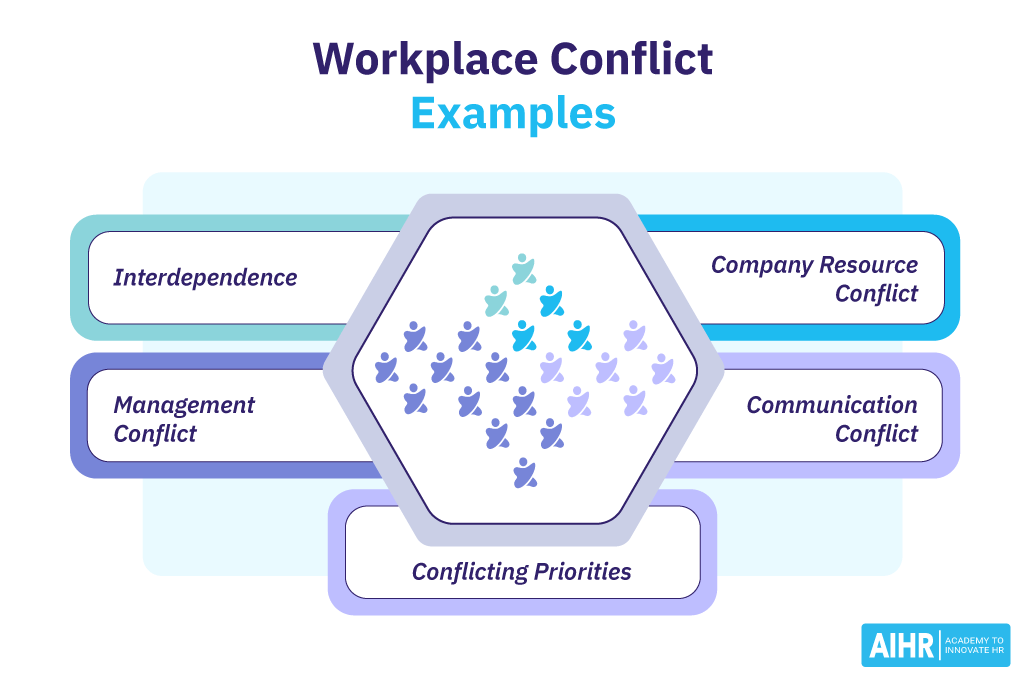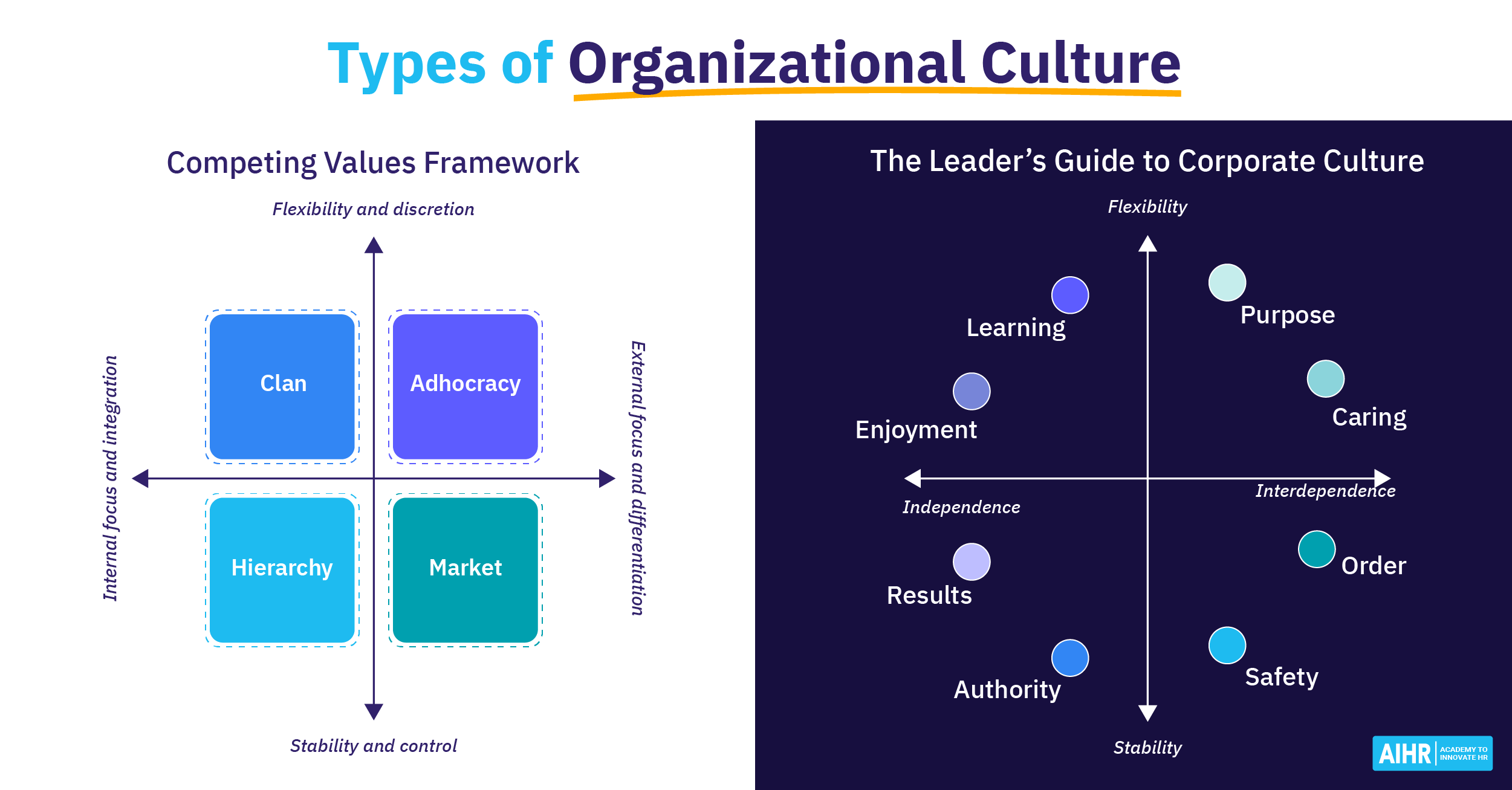Functional Conflict
What is functional conflict?
Functional conflict involves productive disagreements where the end goal is improvement within an organization or team. Employees in functional disputes are not motivated by selfish interests, but, rather, want to find solutions to current company problems to benefit the organization. Functional conflict is also referred to as constructive or cooperative conflict.
In functional conflict, there is no suppression of views because all members are able to express themselves fully without bias in a safe space and without fear of consequences. Working environments that view conflicts as a tool to foster growth perform well since every opinion counts, making members more willing to express an opinion and become more innovative in solution-finding.
How is a functional conflict beneficial in the workplace?
A workplace can immensely gain from functional conflict if the management understands how to navigate the disagreements without bias. These are the benefits arising from functional conflicts;
Fosters teamwork
Functional conflicts foster teamwork because solutions are easier to find in togetherness. It also helps build trust and loyalty among employees because the end goal is having the company’s best interests at heart.
Creates solutions to existing challenges
Functional conflicts are the simplest approach to finding answers, as each team or member focuses on solving the problem at hand. A solution is found to all current issues once all ideas and insights have been shared by each member.
Diffuses tension
Conflicts create tension and fear in working environments, thus affecting the employee’s working morale. Functional conflicts, however, relieve tension among employees because their views are not suppressed. Every member feels at ease and can express themselves without being judged or looked down upon.
Promotes healthy competition
When employees’ ideas are rewarded following a functional conflict, others are motivated to enhance their analytical skills. This encourages competition.
Examples of workplace conflict
Conflict in the workplace has many causes and forms. When handled correctly, workplace conflict can benefit the organization and improve performance. Workplace conflict examples include:
1. Interdependence
This conflict arises between employees who rely on each other’s roles to get their jobs done. A conflict may ensue if an employee feels a co-worker’s input is derailing their project and could make them miss deadlines.

2. Management conflict
Some employees may find it challenging to work under certain managers or supervisors, which then may cause conflict. It is up to the organization’s top management to align leadership across all departments and ensure every manager follows the same script to resolve conflict to prevent inconsistencies.
3. Company resource conflict
An organization with limited resources, forcing employees to co-share most of them, is a recipe for unending conflicts. A company should invest in enough office equipment and access licenses to eliminate constant conflicts between workers. The resources should also be evenly distributed across different departments so that every employee has an equal chance of being productive.
4. Communication conflict
Differences may escalate if the staff members are not trained in effective communication. Varying communication styles can result in misinterpretation, causing conflicts. An organization needs to train its workforce in better communication.
5. Conflicting priorities
Often employees have different priorities and will make themselves available or not depending on their own goals. When two employees have conflicting priorities, it could lead to conflict in the allocation of resources, time to contribute, and collaboration.
The difference between functional conflict and dysfunctional conflict
Compared to functional conflict, dysfunctional conflicts are destructive and detrimental to an organization because involved members are often driven by selfish interests and not those of the company. Dysfunctional conflict in the workplace can get heated and personal.
Many dysfunctional conflicts stem from different world and personal perspectives, ideas, and interests, which have been brought into the working environment. Dysfunctional conflicts are, however, often instigated by the working environment. For instance, some members may become unhappy if they feel their counterparts are getting special treatment from the management.
Toxic cultures and workplaces can lead to instances of dysfunctional conflict, with employees feeling disrespected and not treated fairly or with dignity. Dysfunctional conflict is detrimental to organizational performance and leads to disengaged and demotivated employees that do not perform. At times, dysfunctional conflict can result in employees resigning, or circumstances leading to disciplinaries and grievances.
Constructive conflict managed well enables employees to feel heard, contribute their perspectives, and co-create a viable solution going forward. People feel motivated to broaden their thinking and provide unique solutions.
Dysfunctional conflicts, on the other hand, will discourage members from being their authentic selves and lead to people not engaging or participating to find a way forward. Organizations should be equipped to deal with both categories of conflict in a fair, consistent, and transparent manner aligned with organizational values.
We could summarize the differences between functional and dysfunctional conflict as follows:
| Functional conflict | Dysfunctional conflict |
| Supports organizational goals and improves performance | Causes disruption and wastes resources and time |
| Helps develop new ideas and promotes positive change and innovation in the workplace | Decreases productivity, leads to disengagement and demotivation |
| Involves sharing and discussing different viewpoints and perspectives | Involves tension, animosity, and defensive behavior |
How to manage functional conflict
A company can benefit from functional conflicts only if its leadership knows how to tackle the disagreements in an unbiased and neutral way. It can manage these conflicts by doing the following:
- Communicate to employees that constructive conflict is part of a healthy culture and advise them on best practices on how to manage these situations.
- Offer training on “Crucial Conversations” and “Conflict Management” techniques.
- Establish a clear and well-documented process that employees can follow when conflict does arise.
- Create a platform for employees to raise their voices and be heard. Encouraging them to air their frustrations ensures they do not suffer in silence. While doing so, strive to demonstrate good listening skills so that workers do not find it futile to share their concerns.
- Where applicable, arrange for a trained third party to facilitate the conversation and find a mutual solution.
- Educate managers to identify behavior that signals unaddressed conflict, such as reporting to work late, absenteeism, or low performance.







